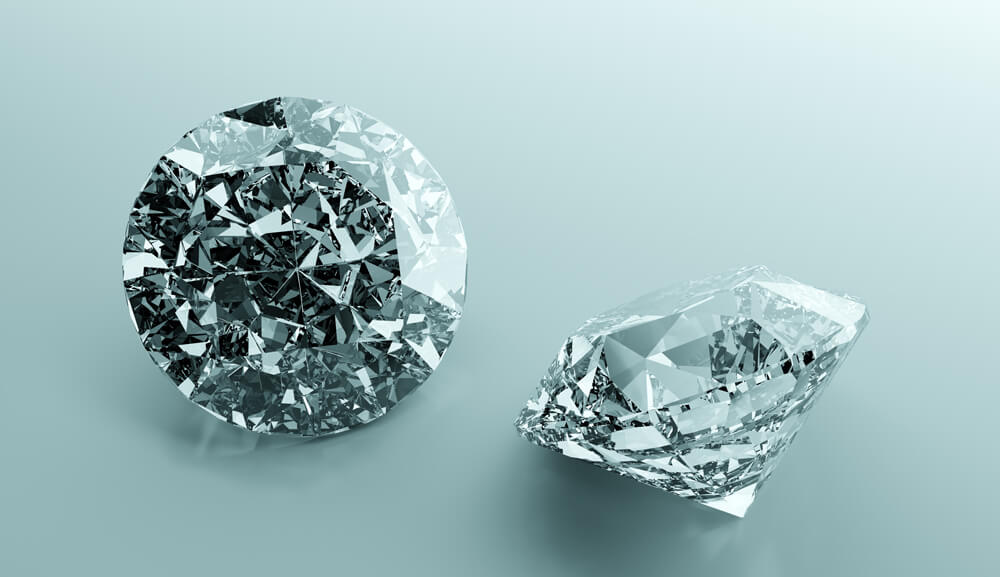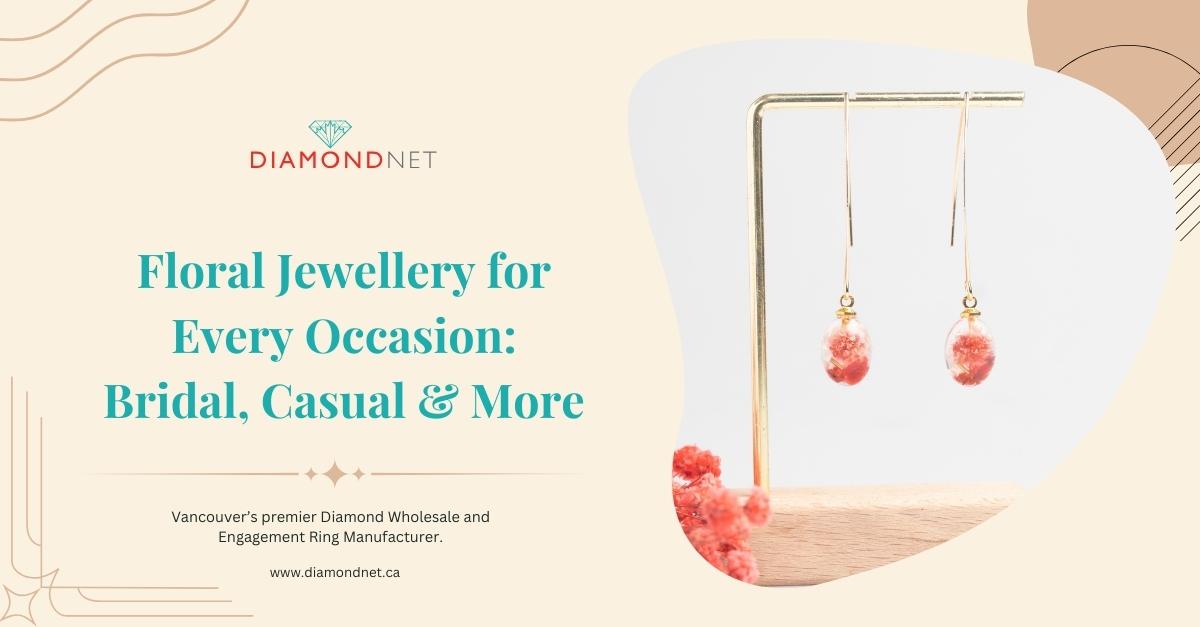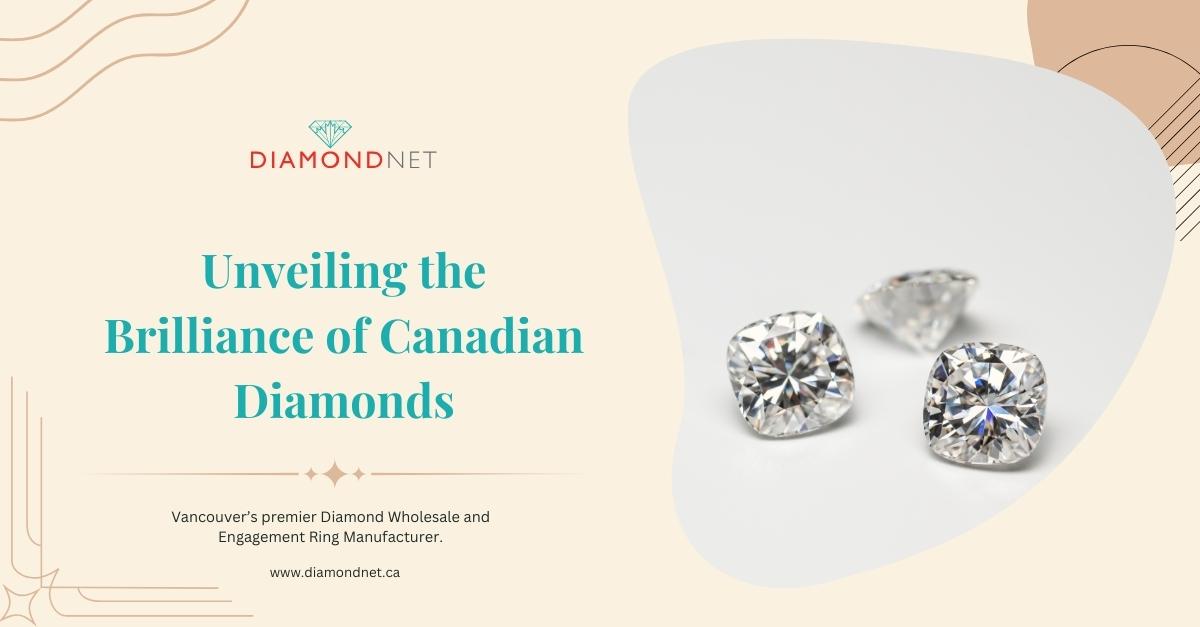Investing involves purchasing financial assets like stocks, bonds, or ETFs to grow your wealth. The ultimate objective is to generate returns. Here, you’ll learn how this relates to diamonds.
Diamonds aren’t only a smart investment choice but also are aesthetically pleasing. The beauty of diamonds is unmatched, with their unique shapes, cuts, and colors. In addition to their beauty, diamonds have a fascinating history. The first diamond was discovered in India over 2,500 years ago and from then diamonds have been valued and traded ever since.
Today, the diamond industry is worth billions of dollars and employs millions of people worldwide. This blog will guide you through a comprehensive overview of multiple types of investing in diamonds, the 4 Cs, investing channels, and overall sentimental value.
The 4 Cs
When buying diamonds, it is important to consider the 4 Cs:
- Carat Weight
- Cut
- Colour
- Clarity
They are their section and are important when grading & pricing. Carat weight refers to the weight of the diamond, with one carat equaling 0.2 grams. Cut refers to the diamond’s shape and how well it reflects light. Colour refers to the natural color of the diamond, with the most valuable diamonds being colourless. Finally, clarity refers to the presence of any flaws or blemishes in the diamond.
Diamond carat weight
Carat weight is often the first consideration when purchasing a diamond. A larger carat weight typically means a higher price. However, there are dozens of other factors to consider. For example, a diamond with a lower carat weight but a higher cut grade may be more valuable than a diamond with a higher carat weight but a lower cut grade.
Diamond cut
The cut of a diamond is crucial to its beauty and value. The most popular diamond cut is the brilliant round cut, which has 58 facets that reflect light brilliantly. Other popular cuts include princess, emerald, and cushion cuts. The cut grade ranges from Excellent to Poor, with Excellent being the most valuable.

Diamond color
The natural color of a diamond is graded from D (colorless) to Z (light yellow or brown). Colourless diamonds are the most valuable, as they allow for the maximum amount of light to pass through the diamond, creating a brilliant sparkle.
Diamond clarity
Clarity refers to the presence of any flaws or blemishes in the diamond. The clarity grade ranges from Flawless to Included (with Flawless being the most valuable). To the naked eye, many more diamonds than there seem perfect, however, there are imperfections that are not visible to the naked eye.
Investing Channels
Investing in diamonds can be done through various channels, including diamond dealers, online diamond marketplaces, and diamond exchange-traded funds (ETFs). Regardless of the channel, it is important to do your research and ensure that you are purchasing from a reputable and trustworthy source. It is also important to consider the liquidity of your investment and any fees associated with buying and selling diamonds.
Diamond dealers
Diamond dealers are a traditional channel for purchasing diamonds. These dealers often have a physical storefront and may offer a range of services, including diamond grading and certification. However, it is important to do your research and ensure that you are working with a reputable and trustworthy dealer.

Online diamond marketplaces
Online diamond marketplaces such as DiamondNet offer a wide selection of diamonds at competitive prices. These marketplaces often provide detailed information on each diamond, including the 4 Cs and high-quality images. However, ensuring that the marketplace is reputable and that the diamond comes with a certification from a reputable grading laboratory.
Diamond ETFs
Diamond exchange-traded funds (ETFs) provide exposure to the diamond industry without purchasing physical diamonds. These funds often track an index of diamond-related companies. They may offer a more liquid and diversified investment option. However, it is vital to consider any fees associated with the ETF and to do your research on the companies included within the index. This is important to your cash, and to make sure it’s not a waste.
Sentimental value
Lastly, it is worth noting that diamonds are not only valuable but also sentimental. Many people pass down diamond jewelry as family heirlooms, creating a sense of nostalgia and tradition. When investing in diamonds, you are not only investing in a valuable asset but also a piece of history and tradition.
Investing in diamonds can be a smart and rewarding choice. You can make informed decisions by considering the 4 Cs, investing channels, and sentimental value. Whether you choose to purchase physical diamonds or invest in diamond ETFs, it is important to do your research and ensure that you are working with reputable and trustworthy sources.



